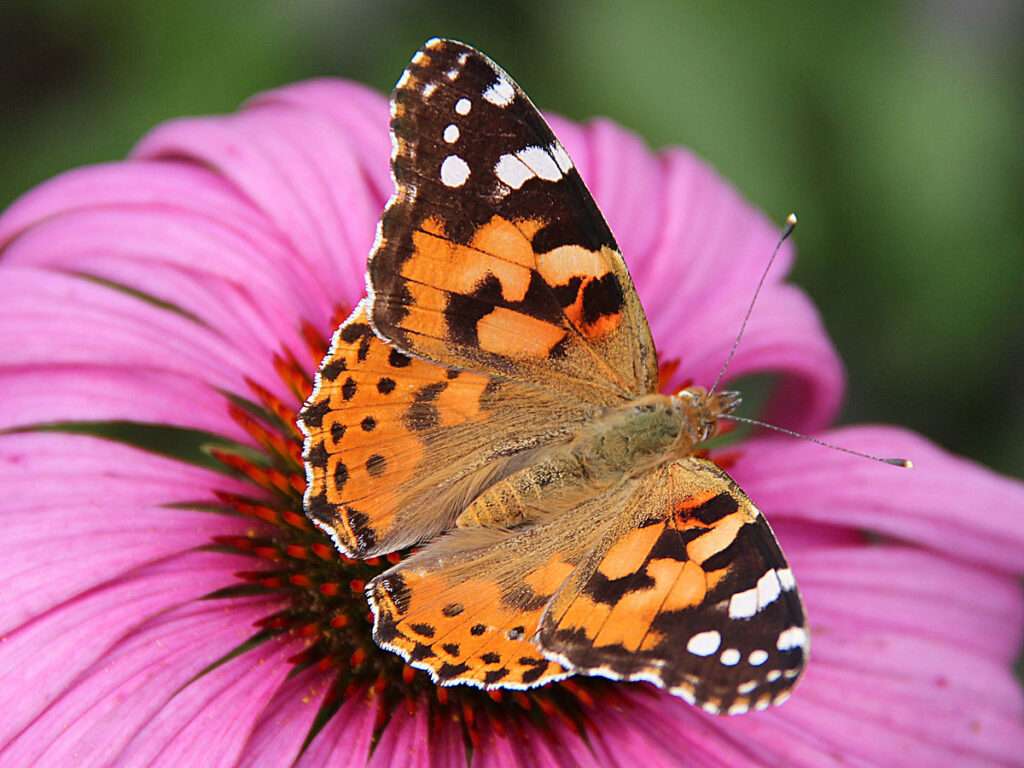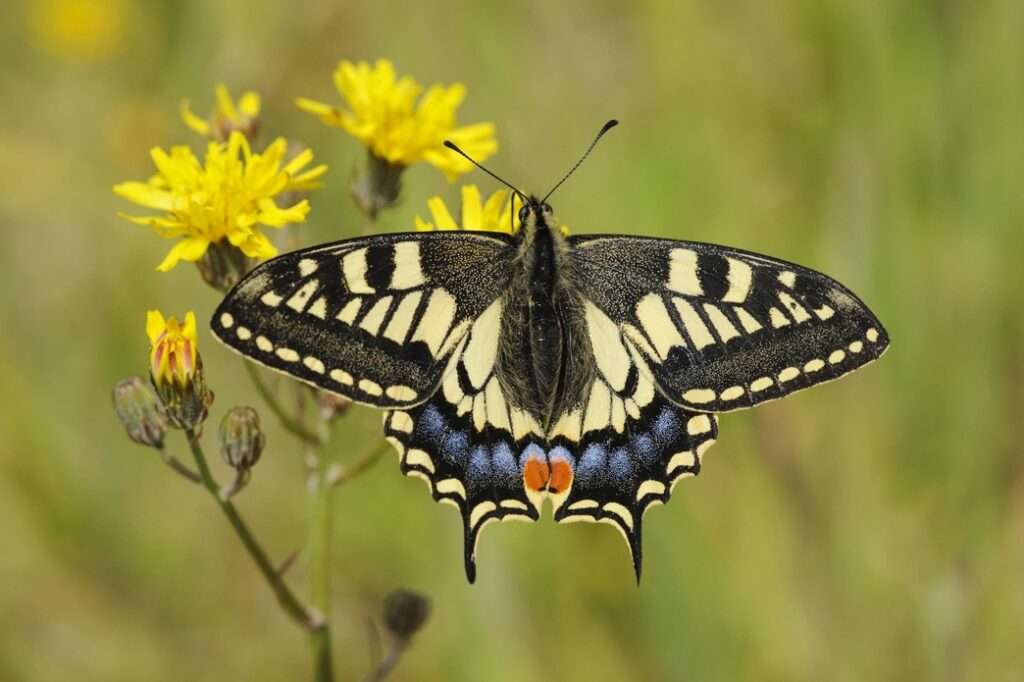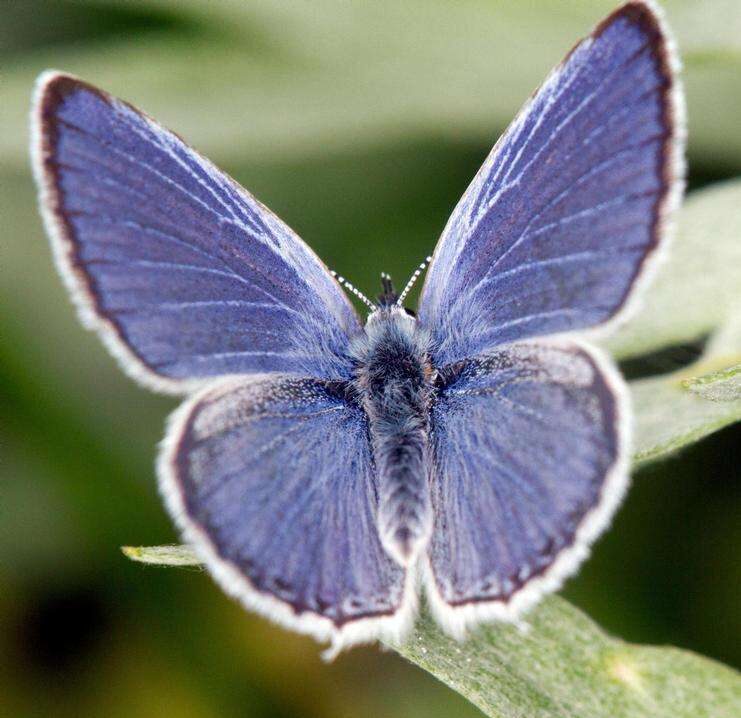
The Cynthia group of vibrant butterflies includes the butterfly known as the Painted Lady. This butterfly is related to the red admiral. A subgenus of the genus Vanessa in the Nymphalidae family is called the painted lady. The majority of the globe has them.
Amazing Facts
- Every continent except for Australia and Antarctica, where it is too cold and hot, respectively, is home to the Vanessa Cardui butterfly. As a result, they are the butterfly species that is most common.
- When migrating, painted lady butterflies are capable of traveling more than 100 kilometers per day. They have an almost 30-mph top speed! That pace is comparable to a car driving through a town or city.
- Caterpillars of painted ladies construct their own tents from silk. They create little tents out of silk to keep themselves safe as they develop into chrysalises. These tents are also seen on thistle plants.
- Because they are global and adore thistles for their nectar, they are also known as thistle or cosmopolitan butterflies.
- The solar system powers butterflies! Well, nearly. Because of the heat sensors on their wings, they are unable to fly in extremely cold conditions. Because of this, you mainly encounter butterflies during the day. They are daily.
Appearance
The painted lady butterfly is a vibrant butterfly that may be found in nature. Its primary colors are orange and black. They have orange-brown upper portions of their wings. A white line may be seen on their forewings, and five tiny black dots can be seen on their back wings. Their wings’ undersides are decorated with patterns in shades of brown, gray, and black.

Diet
The main sources of food for painted lady butterflies, which are herbivorous by nature, are plant nectar and honeydew. The mature butterflies feed on nectar from medium-sized plants such thistles, asters, ironweed, red clover, and milkweed.
This species’ larvae devour leaves as sustenance. They also consume artichokes, mint plants, and bean crops—humans consume all of which. The larvae consume the leaves of thistles, lupines, dwarf nettles, fiddle necks, and daisy plants.
Predators
They try to protect themselves by using camouflage because they are being pursued by a number of small predators.
Habitat
With the exception of Australia and Antarctica, the painted lady can be seen on every continent. The painted lady can be found in practically any habitat, but it favors wide-open spaces with plenty of sunshine, such as fields, parks, meadows, and sand dunes.
Keeping as Pet
Many commercials offer Painted Lady butterfly kits so that you can raise the butterflies yourself. The practice of releasing several Painted Lady butterflies at weddings has become popular. You must understand how to feed Painted Lady butterflies at each stage of their existence, whether you have a kit or you observe them in your own backyard.
Mallow, asters, sunflowers, thistles, and hollyhocks are examples of plants in the aster, pea, compositae, or malvaceae families that can be grown or harvested for their leaves. In Europe and Africa, larvae eat thistles and stinging nettles. Everywhere you look, caterpillars enjoy thistle, fiddle neck, asters, peas, clover, and alfalfa leaves.
Plant 3 to 6 foot tall, tall plants in a sunny location. Brightly colored flowers with flat tops attract butterflies and make it simple for them to collect nectar. So that the butterflies have a place to rest and stay warm, scatter rocks among the plants.
Include a butterfly watering hole close to the plants. Butterflies require water, but there is nowhere for them to rest, so they cannot drink from puddles, ponds, or birdbaths. Put sponges in birdbaths that reach the water’s surface or place shallow pans of water close to the plants.
Table





